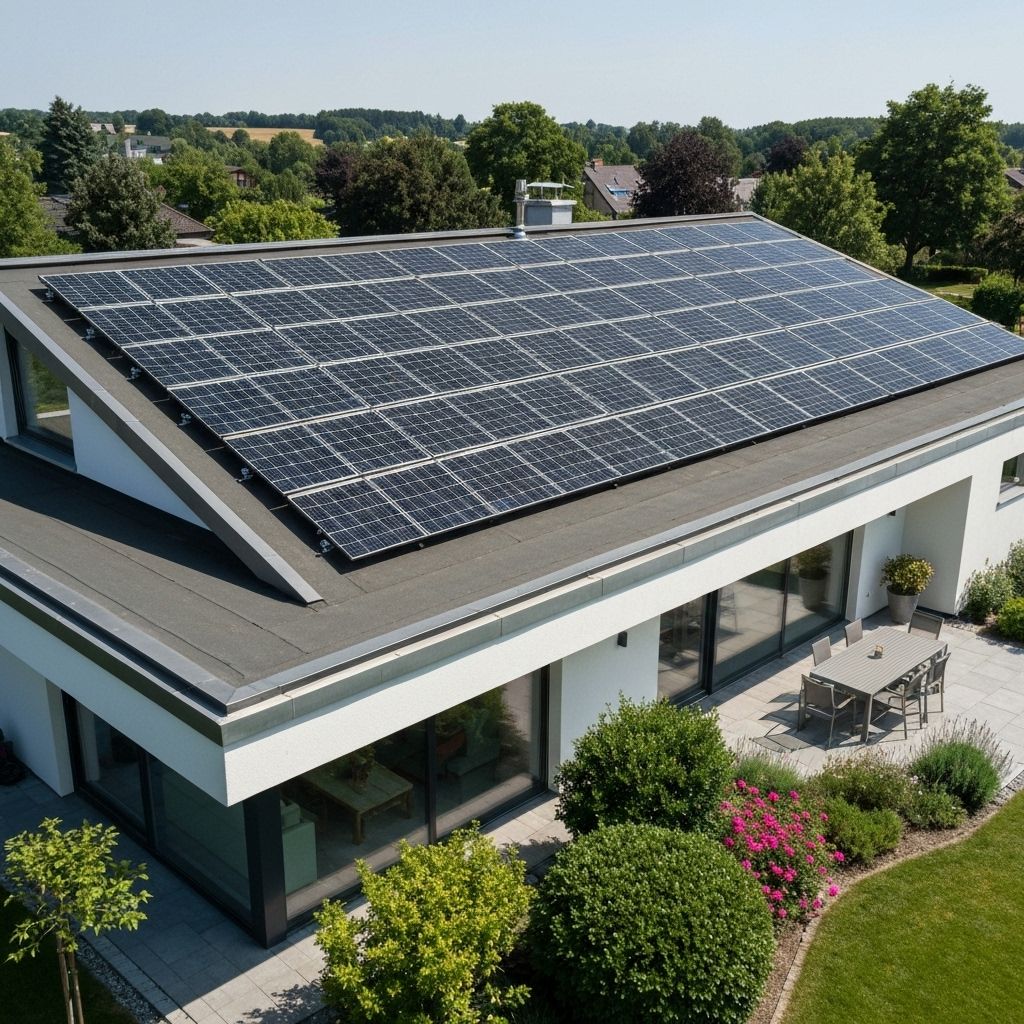5 Ways to Cut Your Energy Bill in 2025
Discover practical strategies to reduce your energy costs without sacrificing comfort.

Energy costs continue to rise, but there are proven strategies to significantly reduce your monthly bills. Here are five actionable ways to save money while making your home more energy-efficient.
1. Switch to a Smart Thermostat
Smart thermostats learn your schedule and preferences, automatically adjusting temperatures when you're away or asleep. Studies show homeowners save an average of 10-23% on heating and cooling costs—that's $130-$145 per year. Popular options like Nest and Ecobee pay for themselves within 2 years.
Pro tip: Set your thermostat 7-10°F lower for 8 hours a day during winter, and you could save up to 10% annually on heating costs.
2. Upgrade to LED Lighting
LED bulbs use 75% less energy than traditional incandescent bulbs and last 25 times longer. If you replace just 5 frequently-used bulbs with LEDs, you can save $75 per year. Over the bulb's lifetime, that's over $1,000 in savings.
Modern LEDs come in various color temperatures, so you can maintain the warm ambiance you love while dramatically cutting energy use.
3. Seal Air Leaks and Add Insulation
Air leaks around windows, doors, and attics can account for 25-30% of your heating and cooling costs. Simple weatherstripping and caulking can reduce this waste significantly. For about $200-$400 in materials, you could save $200-$400 annually.
Adding insulation to your attic is one of the most cost-effective improvements. Proper insulation can reduce heating and cooling costs by up to 20%.
4. Optimize Your Water Heater
Water heating accounts for about 18% of your home's energy use. Lower your water heater temperature to 120°F (most are set to 140°F by default) to save 4-22% on water heating costs. Insulating your water heater tank and the first 6 feet of hot water pipes can save another $20-$45 annually.
Consider upgrading to a tankless or heat pump water heater for even greater savings—up to 50% on water heating costs.
5. Use Energy Monitoring Tools
You can't manage what you don't measure. Energy monitoring devices and apps help you identify which appliances consume the most power. Many homeowners discover "vampire loads"—devices that draw power even when turned off—costing $100-$200 per year.
Smart plugs and power strips make it easy to eliminate these phantom loads. Simply turn off devices completely when not in use, or use smart plugs to schedule when devices receive power.
The Bottom Line
Implementing all five strategies could save the average household $500-$800 per year. Start with the easiest changes first—LED bulbs and smart power strips—then work your way up to bigger investments like smart thermostats and insulation upgrades.
Want a Personalized Energy Savings Plan?
Hyperplace analyzes your home and creates a custom roadmap to maximize your energy savings.